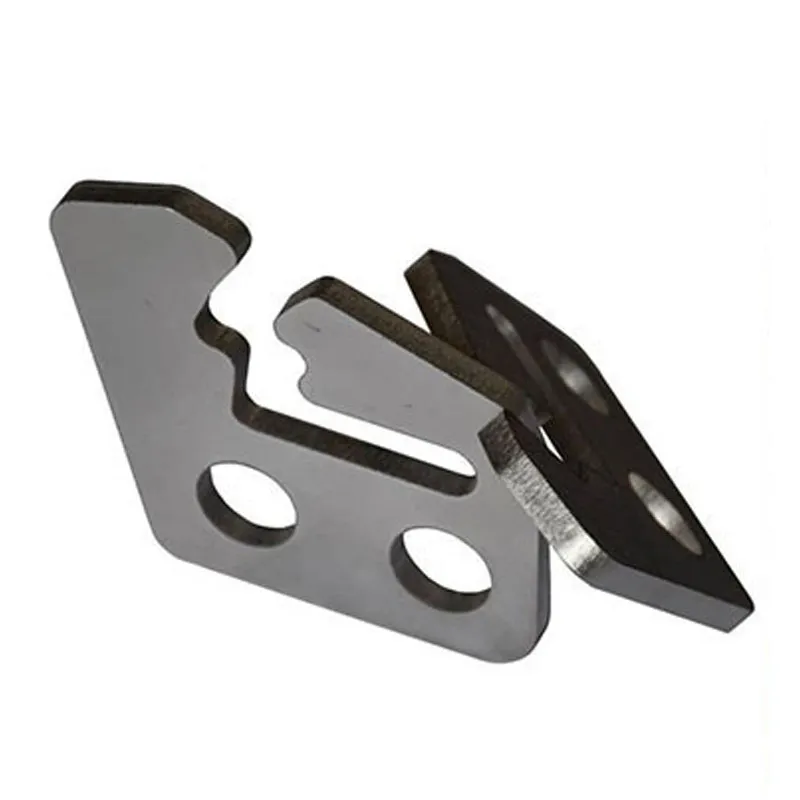Classification of laser cutting
-Laser classification
Light is red, orange, yellow, and green, and can be absorbed by objects or reflected; lasers are also light and have different characteristics depending on their wavelength. The gain medium of the laser generator (the medium that converts electrical energy into laser light) determines the laser wavelength, output power and application field. Laser gain media can be divided into gas, liquid and solid.
1. The representative gas is the CO2 gas laser;
2. Representative solid-state lasers include fiber lasers, YAG lasers, ruby lasers, semiconductor lasers, etc.;
3. Liquid laser uses certain liquids (usually organic solvents, such as dyes) as the working medium to generate laser light to emit laser light.
Different cutting object materials can absorb different laser wavelengths, and a suitable laser generator needs to be adapted. At present, fiber laser generators are the most widely used in the automotive industry.

-Classification of laser cutting methods
Mainly divided into melting cutting, oxidation cutting, vaporization cutting, guided fracture cutting, etc. The following table classifies common cutting methods, among which fusion cutting and oxidation cutting are particularly common. The following will focus on these two cutting methods. For the other two cutting methods, interested students can study on their own.
During laser melting cutting, laser heating is used to melt the metal material, and then non-oxidizing gas (Ar, He, N, etc.) is sprayed through a nozzle coaxial with the beam, and the strong pressure of the gas is used to discharge the liquid metal to form a cut. Laser melting cutting does not require complete vaporization of the metal, and the energy required is only 1/10 of vaporization cutting.
1) The laser beam coupled with high-purity inert cutting gas prompts the molten material to leave the cutting seam, but the gas itself does not participate in the cutting.
2) The maximum cutting speed increases with the increase of laser power and decreases almost inversely with the increase of sheet thickness and material melting temperature. When the laser power is constant, the limiting factors are the air pressure at the slit and the thermal conductivity of the material.
Laser oxidation cutting
The principle of laser oxidation cutting is similar to oxyacetylene cutting. It uses laser as preheating heat source and active gas such as oxygen as cutting gas. On the one hand, the blown gas interacts with the cutting metal to cause an oxidation reaction and releases a large amount of oxidation heat; on the other hand, the molten oxide and melt are blown out of the reaction zone to form a cut in the metal. Since the oxidation reaction during the cutting process generates a large amount of heat, the energy required for laser oxygen cutting is only 1/2 of that of melting cutting, and the cutting speed is much greater than laser vapor cutting and melting cutting. There are two heat sources in the oxidation cutting process: laser beam irradiation energy and heat energy generated by chemical reactions. It is estimated that when cutting carbon steel, the heat energy generated by the oxidation reaction accounts for 60% of the energy required for cutting.
During the oxidation cutting process, if the oxidation burning speed is higher than the moving speed of the laser beam, the kerf will become wide and rough. On the contrary, if the moving speed is slow, the kerf will be narrow and smooth.
When choosing cutting methods, you need to consider their characteristics and the material of the panel, and sometimes the shape of the cut.
Laser vaporization cutting requires more heat than melting and is suitable for cutting extremely thin metal materials and non-metallic materials.
Laser oxidation cutting uses the reaction heat between oxygen and metal to make it faster, but the cutting quality is relatively poor, so it is suitable for thick plate cutting.
Laser melting cutting is the most widely used in the automotive sheet metal industry because of the use of protective gas to prevent slag splashing, smooth cutting seams, and good cutting quality.
In addition, melt cutting and gasification cutting can obtain oxidation-free cutting seams, which is of great significance for cutting with special requirements.

